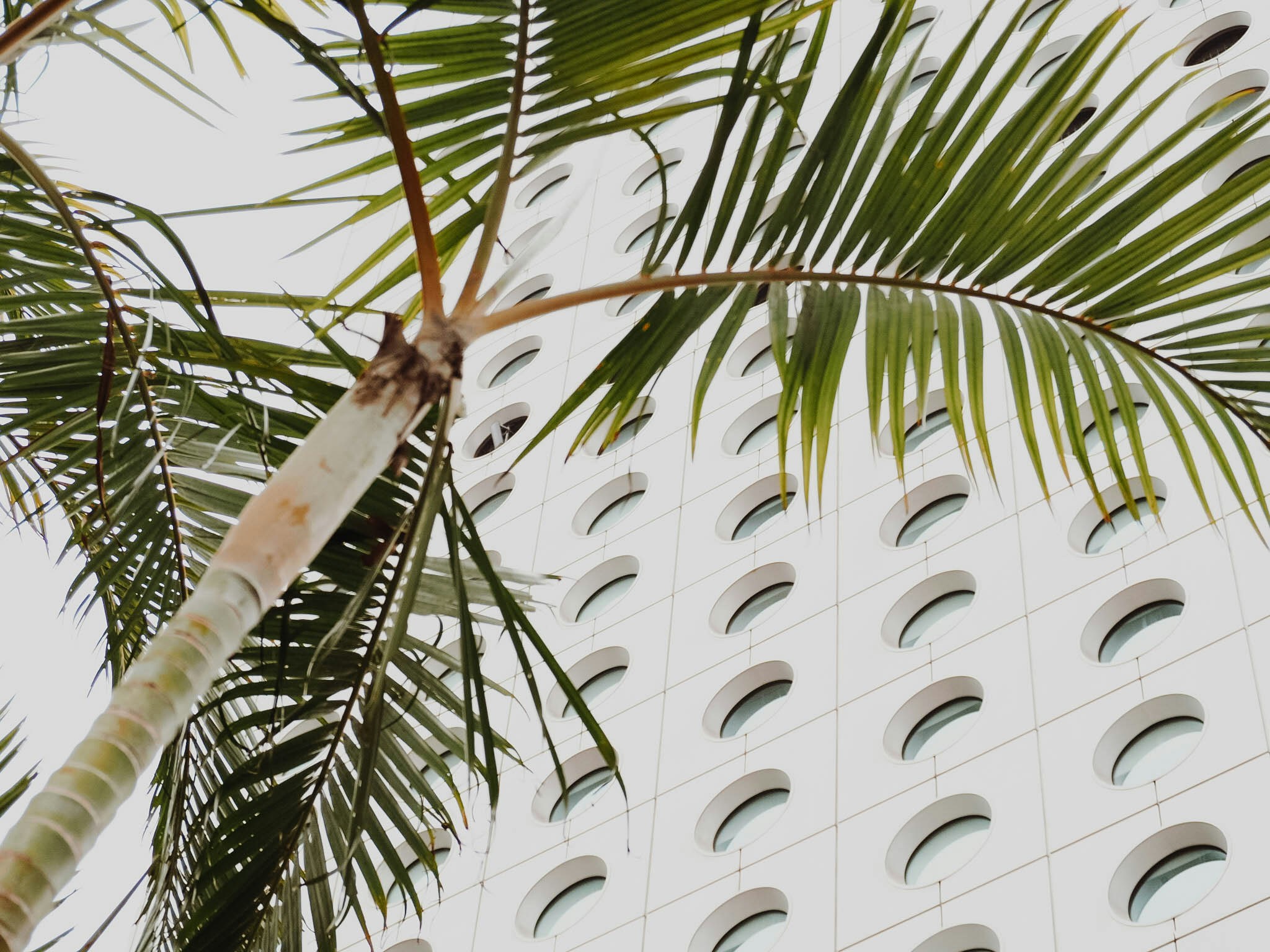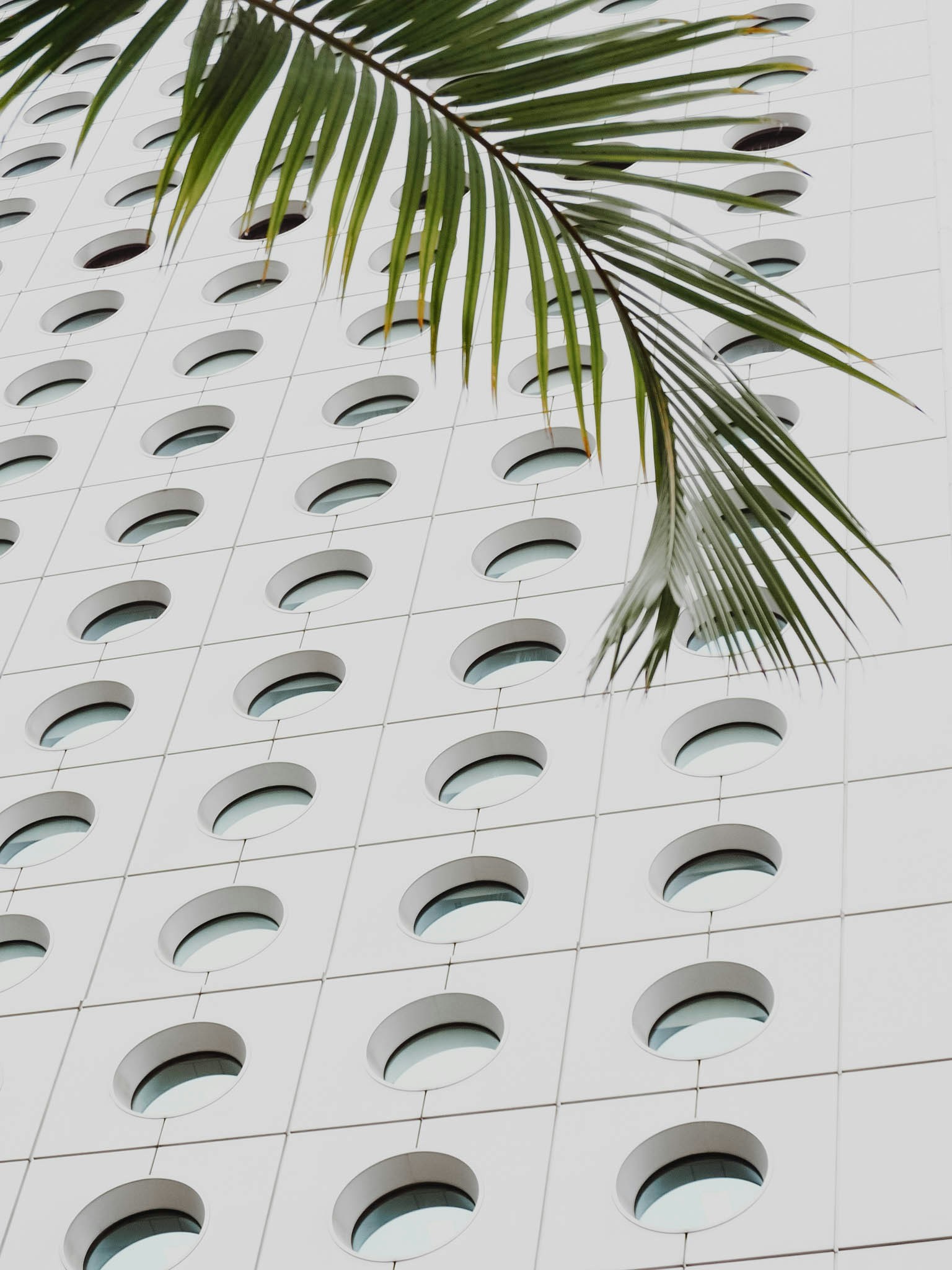Have you ever wondered about the purpose of the diopter adjustment on binoculars? Well, this handy feature plays a crucial role in ensuring that your binoculars deliver sharp and clear images. By adjusting the diopter, you can compensate for differences in visual acuity between your eyes, allowing for personalized focus and increased comfort during your viewing experience. Whether you’re an avid birdwatcher, nature enthusiast, or sports spectator, understanding the function of the diopter adjustment can greatly enhance your viewing pleasure. So, let’s delve into the fascinating world of binoculars and discover how this small but significant adjustment can make a big difference in what you see.

Understanding the Anatomy of Binoculars
Introduction to basic components of binoculars
When it comes to using binoculars, understanding the anatomy of this essential optical instrument is crucial. Binoculars consist of various components working together to provide a magnified and immersive viewing experience. By learning about these basic components, you can make an informed decision while purchasing binoculars and enhance your overall viewing experience.
Highlighting the parts that make a difference in the viewing experience
While all parts of binoculars contribute to their functionality, there are a few key components that significantly impact the viewing experience. These include the objective lenses, eyepieces, diopter adjustment, central focusing wheel, prism system, and the body of the binoculars. Among these, the diopter adjustment plays a vital role in ensuring that you achieve clear and sharp images.
Role of each component of the binocular
Each component of the binocular serves a unique purpose in creating a clear and immersive viewing experience. The objective lenses are responsible for gathering light and producing a magnified image, while the eyepieces further magnify that image for your eyes. The prism system corrects the inverted image and ensures you see things right-side-up. The central focusing wheel helps you adjust the focus of both eyepieces simultaneously. Lastly, the body of the binocular houses these components and provides stability and comfort during use.
What is Diopter Adjustment
Defining diopter adjustment on binoculars
Diopter adjustment refers to the feature present on most binoculars that allows you to fine-tune the focus of the image separately for each eye. This adjustment compensates for any differences in visual acuity between your eyes and ensures that you see a crisp and clear image.
Where is it located
The diopter adjustment is typically located either on the right eyepiece or integrated into the central focusing system. It can be in the form of a ring or a lever that can be personalized to match your specific visual needs.
Role of the diopter adjustment in binoculars
The diopter adjustment is of utmost importance as it enables you to compensate for any imbalance in visual acuity between your eyes. It allows you to customize the focus of each eyepiece independently, ensuring that both eyes receive a clear and focused image. This adjustment plays a vital role in delivering optimal viewing experiences, especially for individuals with different visual acuities in each eye.
The Function of Diopter Adjustment
Explaining the purpose of diopter adjustment
The primary purpose of the diopter adjustment is to provide a solution for individuals who have a difference in visual acuity between their eyes. By allowing the adjustment of the focus independently for each eye, it compensates for the imbalance and ensures that both eyes can enjoy a sharp and focused image.
How diopter adjustment affects the viewing experience
Without proper diopter adjustment, individuals with different visual acuities may find it challenging to achieve a clear and focused image. By fine-tuning the focus for each eye, the diopter adjustment eliminates any blurriness or distortion, resulting in a more immersive and enjoyable viewing experience.
Why diopter adjustment is crucial for binocular users
For binocular users, the purpose of utilizing this optical instrument is to have a closer and more detailed view of the surrounding environment. Without proper diopter adjustment, the viewing experience may be compromised, and the desired clarity and sharpness might not be achieved. Therefore, the diopter adjustment is crucial in ensuring that users can fully utilize the potential of their binoculars.
How Diopter Adjustment Works
Discussing the function of diopter adjustment
The diopter adjustment works by allowing you to adjust the focus of each eyepiece independently. By turning the diopter adjustment ring or lever, you can move the eyepiece closer or farther from the objective lens, altering the focal point. This customization enables you to compensate for any imbalances in visual acuity between your eyes, resulting in a clear and sharp image.
Differentiating diopter adjustment from central focusing
While both the diopter adjustment and the central focusing system contribute to the overall focus of the binoculars, they serve different purposes. The central focusing system adjusts the focus of both eyepieces simultaneously, whereas the diopter adjustment is specifically designed to fine-tune the focus individually for each eye. It is important to differentiate between these two functions to make accurate adjustments.
Demonstrating how to correctly set the diopter adjustment
To correctly set the diopter adjustment, follow these steps:
- Find a well-defined object or a text at a distance.
- Close your right eye or cover the right eyepiece with the lens cap.
- Adjust the focus using the central focusing wheel until the image appears sharp and clear to your left eye.
- Without changing the focus achieved in the previous step, close your left eye or cover the left eyepiece.
- Using the diopter adjustment ring or lever, adjust the focus of the right eyepiece until the image appears sharp and clear to your right eye.
- Open both eyes and check if the image is in focus. If necessary, make slight adjustments using the central focusing wheel or the diopter adjustment until the image is clear and sharp to both eyes.
By following these steps, you can ensure that your diopter adjustment is correctly set for your specific visual acuity.

Importance of Individual Eye Difference
Understanding the difference between each individual’s eyes
As individuals, it is not uncommon to have slight differences in visual acuity between our eyes. These differences can vary in terms of the degree of nearsightedness or farsightedness, astigmatism, or other visual conditions. Understanding and accommodating these differences is essential to achieve optimal viewing experiences.
Relationship between individual eye differences and the use of diopter adjustment
The individual eye differences directly influence the need for diopter adjustment. By recognizing that our eyes may have different visual acuities, we can utilize the diopter adjustment feature to fine-tune the focus for each eye, ensuring that both eyes receive a clear and focused image.
How diopter adjustment caters to individual eye differences
Diopter adjustment caters to individual eye differences by allowing customization of the focus for each eye. It provides a solution for individuals with varying degrees of nearsightedness, farsightedness, astigmatism, or other visual conditions, ensuring that both eyes can see clearly and enjoy an enhanced viewing experience.
Signs That Your Diopter Adjustment Needs Fixing
Indicators that the diopter adjustment is off
There are a few indicators that can signal that your diopter adjustment needs fixing. These include:
-
Blurry or distorted image: If you notice that the image appears consistently blurry or distorted, even after adjusting the central focusing, it may indicate that your diopter adjustment needs attention.
-
Uncomfortable viewing experience: If you experience eye strain, headaches, or fatigue while using binoculars, it may be a sign that the diopter adjustment is not properly set for your eyes.
-
Unequal focus between eyes: If you find that one eye sees the image clearly while the other eye struggles to focus, it suggests that the diopter adjustment is not properly compensating for the differences in visual acuity.
Effects of improper diopter adjustment settings
Improper diopter adjustment settings can have various effects on your viewing experience. These effects may include persistent blurriness, distortion, or uneven focus between your eyes, resulting in discomfort and reduced clarity. Failing to address these issues can significantly impact your ability to fully enjoy the benefits of using binoculars.
Steps to correct your diopter adjustment
To correct your diopter adjustment, follow these steps:
- Find a well-defined target or text at a distance.
- Close your right eye or cover the right eyepiece with the lens cap.
- Adjust the central focusing wheel until the image is clear to your left eye.
- Without changing the focus achieved in the previous step, close your left eye or cover the left eyepiece.
- Use the diopter adjustment ring or lever to adjust the focus of the right eyepiece until the image appears clear to your right eye.
- Open both eyes and check if the image is in focus. If necessary, make slight adjustments to the central focusing wheel or the diopter adjustment until the image is clear to both eyes.
By following these steps, you can correct any issues with your diopter adjustment and ensure a sharp and focused viewing experience.

The Influence of Diopter Adjustment on Image Clarity
Influence of diopter adjustment on image clarity
The diopter adjustment has a significant influence on the overall clarity of the images you see through binoculars. By fine-tuning the focus separately for each eye, it compensates for any differences in visual acuity and ensures a clear and sharp image.
Improving image resolution with precise diopter adjustment
When the diopter adjustment is precisely set for your eyes, it can greatly enhance the resolution of the images. By eliminating blurriness and distortion, you can enjoy a sharper, more detailed view of the subject, allowing you to fully appreciate the beauty and intricacies of your surroundings.
Factors that may impact the quality of the image even after diopter adjustment
While the diopter adjustment plays a crucial role in image clarity, it is important to note that other factors can impact the overall quality of the image even after proper adjustment. These factors include the quality of the binoculars’ lenses and prisms, atmospheric conditions, lighting, and the distance and movement of the subject. Taking these factors into consideration in addition to properly setting the diopter adjustment ensures the best possible viewing experience.
Advanced Uses of Diopter Adjustment
Contextual use of the diopter adjustment in various fields
The diopter adjustment feature in binoculars finds utility in various fields where precise and clear viewing is essential. Some examples of fields where the diopter adjustment is particularly valuable include birdwatching, wildlife observation, stargazing, sports spectating, and outdoor photography.
Importance of diopter adjustment for keen observers and professionals
For individuals who engage in activities that require meticulous and accurate observation, such as birdwatchers and photographers, the diopter adjustment is a crucial tool. It allows them to fine-tune the focus to match their specific visual acuity, resulting in improved accuracy and a more enjoyable experience.
Exploring uses of diopter adjustment in specialized binoculars
Specialized binoculars, designed for specific applications like astronomy or marine use, often offer advanced features such as more precise diopter adjustment settings. These specialized binoculars cater to the unique requirements of these fields, allowing users to achieve optimal focus and image clarity in their specific areas of interest.
Care and Maintenance for Binoculars Diopter Adjustment
Tips for keeping your diopter adjustment in good condition
To ensure the longevity and effectiveness of your binoculars’ diopter adjustment, consider the following tips:
-
Handle with care: Always handle binoculars with care to avoid any accidental damage, such as dropping them or placing excessive pressure on the diopter adjustment mechanism.
-
Keep clean: Regularly clean your binoculars, including the diopter adjustment ring or lever, using a soft, lint-free cloth. Avoid using harsh chemicals or abrasive materials.
-
Store properly: When not in use, store your binoculars in a protective case or a dry and dust-free environment. This prevents dust, moisture, and other contaminants from affecting the diopter adjustment.
Avoiding common mistakes that can ruin your diopter adjustment
To avoid damaging the diopter adjustment, be mindful of the following common mistakes:
-
Over-tightening or forcing the adjustment mechanism: Apply gentle pressure and avoid excessive force when adjusting the diopter. Over-tightening or forcing the mechanism may lead to damage or misalignment.
-
Ignoring signs of wear or damage: Regularly inspect your binoculars for any signs of wear or damage. If you notice that the diopter adjustment is not functioning as smoothly as before, consult a professional for maintenance or repairs.
-
Exposing to extreme conditions: Extreme temperatures, excessive humidity, and exposure to water can affect the functionality of the diopter adjustment. Avoid exposing your binoculars to such conditions whenever possible.
Routine maintenance practices for binoculars and their diopter adjustment
In addition to caring for the diopter adjustment, adopting routine maintenance practices can ensure the optimal performance of your binoculars as a whole. These practices include:
-
Regular cleaning: Clean the lenses, prisms, and body of your binoculars using a soft, lint-free cloth. Remove any dirt, fingerprints, or smudges that may affect the image quality.
-
Inspecting and lubricating moving parts: Periodically inspect the moving parts of your binoculars, including the central focusing wheel and the diopter adjustment mechanism. If necessary, add a small amount of lubricant to ensure smooth operation.
-
Protecting against moisture and dust: Use lens caps and a protective case to safeguard your binoculars when they are not in use. This prevents moisture, dust, and other particles from entering the mechanisms and compromising the performance.
By incorporating these routine maintenance practices, you can extend the lifespan of your binoculars and ensure the diopter adjustment remains in optimal condition.
Comparing Binoculars with and Without Diopter Adjustment
Setting expectations for binoculars without diopter adjustments
Binoculars without diopter adjustment features are typically more basic models that prioritize simplicity and affordability. While these models can still provide magnification, they may not offer the customization necessary to cater to individual eye differences. Users should expect a fixed focus intended for general usage rather than personalized viewing experiences.
Pros and cons of binoculars with diopter adjustments
Binoculars with diopter adjustments offer several advantages compared to those without this feature. The pros include:
-
Customized focus: The ability to fine-tune the focus for each eye ensures that individuals with different visual acuities can enjoy a clear and sharp image.
-
Personalized viewing experience: Diopter adjustments allow users to tailor the binoculars to their specific vision, resulting in a more comfortable and immersive viewing experience.
-
Catering to individual eye differences: The diopter adjustment compensates for any imbalance in visual acuity between the eyes, ensuring both eyes receive optimal focus.
While the pros outweigh the cons for many users, it is essential to consider that binoculars with diopter adjustments may be slightly more expensive and require additional adjustments.
Deciding which type of binoculars is right for you
When deciding which type of binoculars is right for you, consider your specific visual needs and preferences. If you have different visual acuities between your eyes, binoculars with a diopter adjustment are recommended to ensure a clear and focused image. However, if you prioritize simplicity and cost-effectiveness over personalized viewing experiences, binoculars without diopter adjustments may suffice.
In conclusion, understanding the anatomy of binoculars and the role of the diopter adjustment is crucial for optimizing your viewing experience. The diopter adjustment allows you to compensate for any differences in visual acuity between your eyes and customize the focus for each eye. By properly setting the diopter adjustment and maintaining it, you can ensure a sharp, clear, and enjoyable viewing experience. Whether you are an avid birdwatcher, outdoor enthusiast, or a professional observer, the diopter adjustment is a valuable tool in enhancing your perspective of the world. So go ahead, grab your binoculars, and explore the wonders of the world with precision and clarity.

